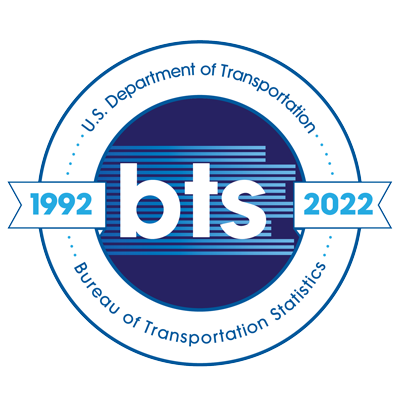Assessing the access to digital services in healthcare underserved communities in the U.S.
Topics:
Keywords: Digital disparities, Healthcare Infrastructure, Geospatial analyses; COVID-19, Healthcare Services
Abstract Type: Paper Abstract
Authors:
Diego F Cuadros, Digital Epidemiology Laboratory, Digital Futures, University of Cincinnati
Claudia M Moreno, Department of Physiology and Biophysics, University of Washington
,
,
,
,
,
,
,
,
Abstract
The rapid development of new digital technologies focused on healthcare, boosted by the needs endured during the peak of the current COVID-19 pandemic, has served as a catalyst in advancing digital health technologies. Several recent studies, however, have highlighted concerns that increased telehealth coverage can worsening preexisting health disparities among certain populations. Therefore, it is critical to identify barriers to telemedicine use and develop solutions to overcome them to meet the needs for the most vulnerable communities. We conducted data visualization and spatial analyses to assess the geospatial association between digital disparities and healthcare underserved communities in the contiguous U.S. at the county level. The geospatial association between broadband coverage and the healthcare and social determinants at county level were assessed using bivariate local indicators of spatial association and K-medians clustering analysis. We identified a negative geospatial correlation among the internet broadband coverage and the healthcare capacity and infrastructure in the US, with counties with lower internet broadband access having higher social and healthcare vulnerability indexes. We found a cluster of counties in which the median broadband coverage was only 64% compared to 76% internet coverage in the counties outside of this cluster. Socially vulnerable communities in the U.S. face more barriers to access adequate healthcare, live in areas with lower healthcare resources, and have a reduced access to high-speed internet. Strategies to expanding digital determinants like broadband should be prioritized given the growing use of telehealth in the U.S.
Assessing the access to digital services in healthcare underserved communities in the U.S.
Category
Paper Abstract








